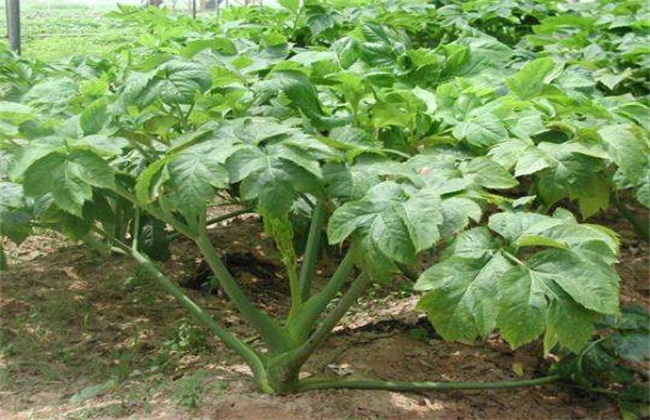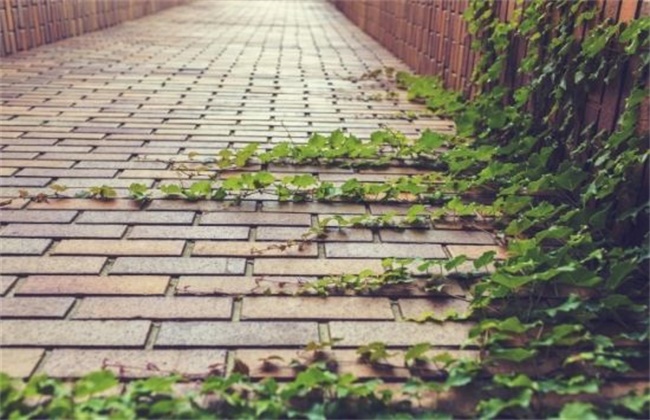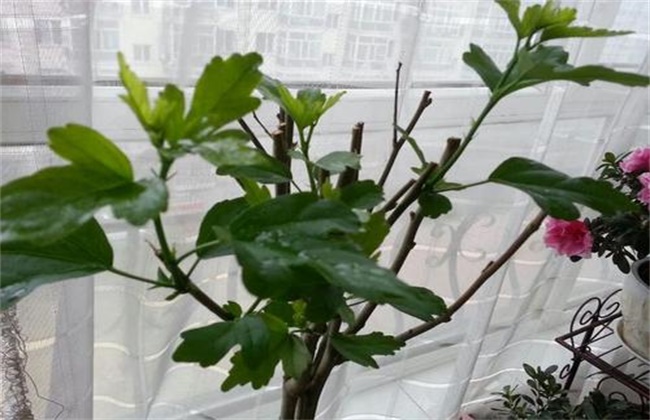Cultivation techniques of tomorrow's leaves
Aristolochia mandshurica is a perennial herb of Umbelliferae, which is widely distributed in Guangxi and Yunnan. It can not only be eaten as a vegetable, but also has the medicinal value of clearing away heat and diuresis and strong lactation. And its flowers are also ornamental, so they are welcomed by many people. So how to cultivate the leaves of tomorrow? The following editor brings you the cultivation techniques of tomorrow leaves, let's have a look!

1. Land selection and preparation
Before planting tomorrow leaves, we must first understand the growth habits of tomorrow leaves. The strong light tolerance of tomorrow leaf is relatively poor, if the light is too strong, then it will lead to tomorrow leaf stem and leaf growth too hard, quality decline. Therefore, we want to plant it in areas with high permeability, medium fertility and good shading performance. If the groundwater level in the planting area is relatively high, it should be made into a high bed. Proper soil preparation and deep digging, do a good job of soil disinfection, and then apply sufficient mature farm manure, it is best not to use chemical fertilizer.
2. Sowing seeds at the right time
Tomorrow leaf seeds should be scalded with hot water of about 50 degrees before sowing. Then soak it in cold water for about 11 hours, drain and wrap it in a wet cloth at a temperature of about 20 degrees for budding. During the budding process, wash the seeds once a day, and pay attention to properly spraying water to maintain a moist environment. The seeds can be sown in about half a month. Sowing should generally be carried out in October and planted in spring of the year. After sowing, we should pay attention to cover a layer of fine soil, and then cover straw, and water properly after sowing.
3. Daily management
After the leaves are planted and survived, regular intertillage should improve the structure of the soil, promote the growth of seedlings, and eat at the same time in combination with weeding. The demand for water in the leaves of tomorrow is relatively high, and the drought tolerance is relatively poor, but it is also not resistant to waterlogging. Therefore, we should control watering, slow seedling water should be carried out step by step after planting. In winter and spring, the temperature is relatively low, about once a week, and twice a day in summer and autumn. When it comes to rainy days, we should do a good job of drainage to avoid stagnant water in the soil and affect the normal growth of tomorrow's leaves. Then, during the leaf growth period tomorrow, we will also apply compound fertilizer appropriately, about twice.
4. Timely harvest
If the leaves of tomorrow are cultivated for food, then the petioles and leaves can be cut off and eaten when they exceed the 30cm or so after the new leaves are planted. And even if it is not for food, the new leaves should be removed in time, otherwise it will affect the normal growth of tomorrow's leaves. At the time of harvest, it is also necessary to properly retain about three old leaves, if all picked, the plant is also easy to die. If it is for ornamental use, it can be pruned properly to improve its flowering rate.
The above is a brief introduction to the cultivation techniques of tomorrow leaves. That's all for today's introduction. This article is for reference only. I hope it can help you all.
Related
- Fuxing push coffee new agricultural production and marketing class: lack of small-scale processing plants
- Jujube rice field leisure farm deep ploughing Yilan for five years to create a space for organic food and play
- Nongyu Farm-A trial of organic papaya for brave women with advanced technology
- Four points for attention in the prevention and control of diseases and insect pests of edible fungi
- How to add nutrient solution to Edible Fungi
- Is there any good way to control edible fungus mites?
- Open Inoculation Technology of Edible Fungi
- Is there any clever way to use fertilizer for edible fungus in winter?
- What agents are used to kill the pathogens of edible fungi in the mushroom shed?
- Rapid drying of Edible Fungi



